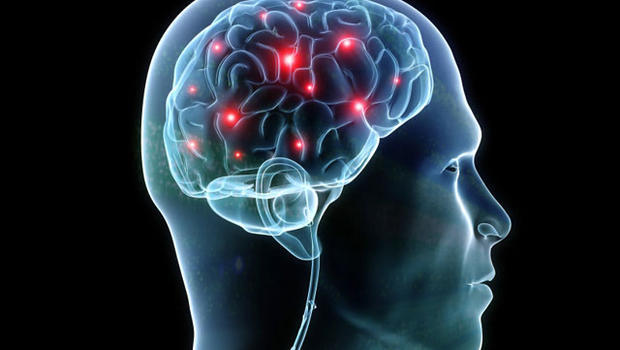How Does The Brain Work | Science documentary
The human brain has the same general structure as the brains of other mammals, but is larger than any other in relation to body size. Large animals such as whales and elephants have larger brains in absolute terms, but when measured using the encephalization quotient which compensates for body size, the human brain is almost twice as large as the brain of the bottlenose dolphin, and three times as large as the brain of a chimpanzee. Much of the expansion comes from the part of the brain called the cerebral cortex, especially the frontal lobes, which are associated with executive functions such as self-control, planning, reasoning, and abstract thought. The portion of the cerebral cortex devoted to vision is also greatly enlarged in humans.
The human cerebral cortex is a thick layer of neural tissue that covers most of the brain. This layer is folded in a way that increases the amount of surface that can fit into the volume available. The pattern of folds is similar across individuals, although there are many small variations. The cortex is divided into four “lobes”, called the frontal lobe, parietal lobe, temporal lobe, and occipital lobe. (Some classification systems also include a limbic lobe and treat the insular cortex as a lobe.) Within each lobe are numerous cortical areas, each associated with a particular function such as vision, motor control, language, etc. The left and right sides of the cortex are broadly similar in shape, and most cortical areas are replicated on both sides. Some areas, though, show strong lateralization, particularly areas that are involved in language. In most people, the left hemisphere is “dominant” for language, with the right hemisphere playing only a minor role. There are other functions, such as spatiotemporal reasoning, for which the right hemisphere is usually dominant.
Despite being protected by the thick bones of the skull, suspended in cerebrospinal fluid, and isolated from the bloodstream by the blood–brain barrier, the human brain is susceptible to damage and disease. The most common forms of physical damage are closed head injuries such as a blow to the head, a stroke, or poisoning by a variety of chemicals that can act as neurotoxins. Infection of the brain, though serious, is rare due to the biological barriers which protect it. The human brain is also susceptible to degenerative disorders, such as Parkinson’s disease, multiple sclerosis, and Alzheimer’s disease. A number of psychiatric conditions, such as schizophrenia and depression, are thought to be associated with brain dysfunctions, although the nature of such brain anomalies is not well understood.
Scientifically, the techniques that are used to study the human brain differ in important ways from those that are used to study the brains of other mammals. On the one hand, invasive techniques such as inserting electrodes into the brain, or disabling parts of the brain in order to examine the effect on behavior, are used with non-human species, but for ethical reasons, are generally not performed with humans. On the other hand, humans are the only subjects who can respond to complex verbal instructions. Thus, it is often possible to use non-invasive techniques such as functional neuroimaging or EEG recording more productively with humans than with non-humans. Furthermore, some of the most important topics, such as language, can hardly be studied at all except in humans. In many cases, human and non-human studies form essential complements to each other. Individual brain cells (except where tissue samples are taken for biopsy for suspected brain tumors) can only be studied in non-humans; complex cognitive tasks can only be studied in humans. Combining the two sources of information to yield a complete functional understanding of the human brain is an ongoing challenge for neuroscience.
***This video is from YouTube; IBG NEWS does not agree nor deny any views,Idea or details expressed in this video. legal rights of this video is with the video publisher ***




















